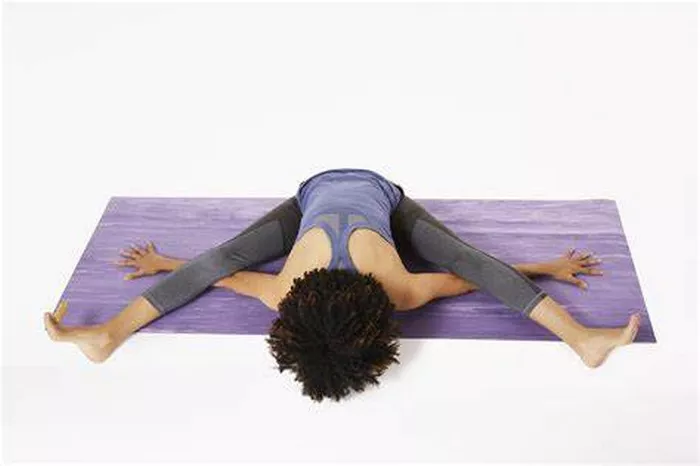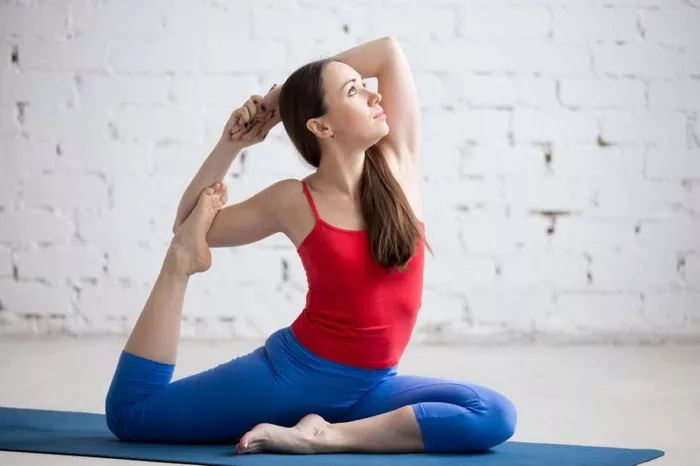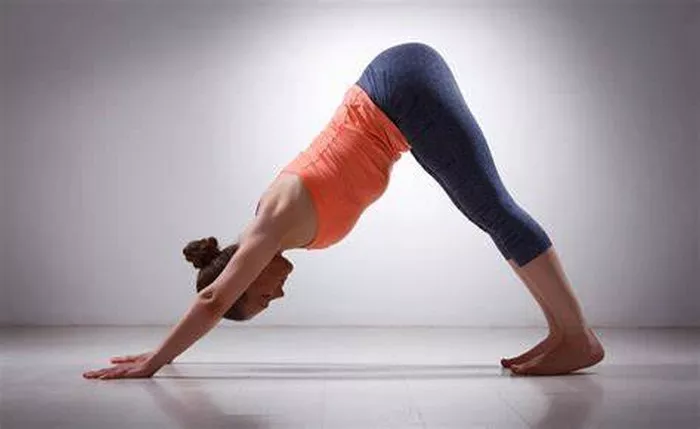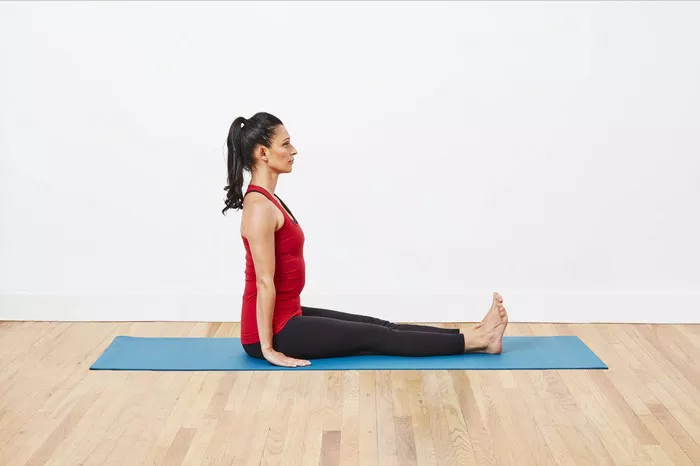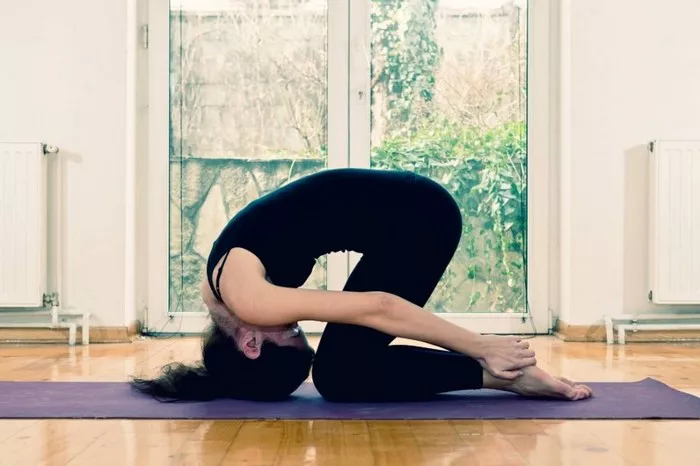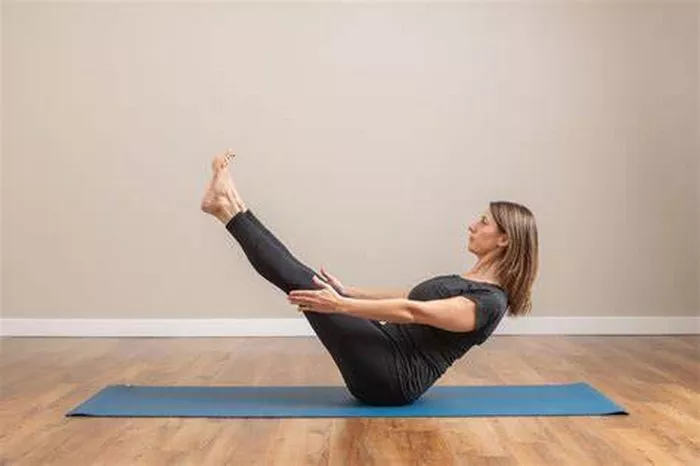Sitting on a yoga ball, also known as a stability or exercise ball, has become a popular alternative to traditional office chairs. Advocates claim it improves posture, strengthens core muscles, and burns calories. However, prolonged or incorrect use can lead to discomfort or even injury, particularly in the back. Understanding the reasons behind back pain related to yoga ball seating can help prevent issues and improve your sitting habits.
1. Poor Posture
One of the most common causes of back pain when sitting on a yoga ball is poor posture. Unlike traditional chairs that provide back support, yoga balls require active engagement of the core muscles to maintain balance. Many users inadvertently slump or lean forward after sitting for extended periods, which puts strain on the lumbar spine and surrounding muscles.
Incorrect posture can also lead to muscular imbalances. If the core muscles aren’t strong enough to support the spine, the back muscles may overcompensate, leading to fatigue and pain. Without backrest support, it’s crucial to maintain an upright spine and neutral pelvis, which demands continuous muscle engagement.
2. Improper Ball Size
Another factor that can contribute to back pain is using a yoga ball of inappropriate size. Stability balls come in different diameters, typically ranging from 45 cm to 85 cm. The correct size depends on the user’s height. If the ball is too large or too small, it can misalign the spine and hips, resulting in unnatural sitting positions and stress on the lower back.
To determine the right ball size, your hips and knees should form a 90-degree angle when sitting on the ball with feet flat on the floor. An incorrectly sized ball can shift your center of gravity and compromise your balance, which may lead to constant micro-adjustments and overuse of back muscles.
3. Extended Duration of Use
While short periods of sitting on a yoga ball may be beneficial, using it for prolonged durations can backfire. The body is not designed to maintain the same position indefinitely, especially one that requires constant muscle engagement. Extended use without breaks can cause muscle fatigue, particularly in the lower back and core.
In many cases, users do not have the stamina or strength to sit properly for hours. This fatigue leads to slouching or shifting weight improperly, which over time can cause strain and discomfort. Health experts often recommend alternating between a yoga ball and a standard chair to balance activity and support.
4. Weak Core Muscles
Sitting on a yoga ball relies heavily on core strength to maintain stability. Individuals with weak abdominal, oblique, or lower back muscles may struggle to hold proper posture. As a result, they may compensate by overusing other muscles, particularly those in the back, which can lead to tension and discomfort.
A weak core not only undermines the benefits of using a yoga ball but can also make it harmful. Before switching to a stability ball as a primary seating option, it’s advisable to engage in exercises that build core strength. Simple routines like planks, bridges, and bird-dogs can prepare the body for this transition.
5. Lack of Movement and Variety
Despite the active nature of sitting on a yoga ball, remaining in one position for too long can still cause stiffness and soreness. The human body is built for movement, and staying static—even while balancing—can cause certain muscles to tighten and others to weaken. This lack of movement diversity can stress the spine and lead to back pain.
To combat this, it’s essential to vary your posture and incorporate regular movement into your routine. Standing, walking, and stretching at regular intervals can alleviate muscle tension and improve circulation. Micro-movements and shifts in posture while on the ball also help distribute pressure more evenly across muscle groups.
6. Inappropriate Workspace Setup
Your overall workspace ergonomics significantly impact your comfort and spinal health. A poorly set up workstation can negate the potential benefits of using a yoga ball. If your desk is too high or too low, or your computer monitor is not at eye level, you may end up bending your neck or hunching your shoulders.
These unnatural positions strain the upper and lower back, potentially leading to chronic pain. To prevent this, ensure your workstation is ergonomically aligned: monitor at eye level, elbows at a 90-degree angle, and feet flat on the floor. Small adjustments can significantly reduce physical stress while sitting.
7. Pre-existing Back Conditions
Individuals with pre-existing spinal conditions, such as herniated discs, sciatica, or scoliosis, may find sitting on a yoga ball aggravates their symptoms. The dynamic and unsupported nature of the ball can destabilize the spine further, causing more harm than good. It can also exacerbate nerve compression or muscular imbalances.
For those with back issues, it is crucial to consult with a healthcare provider before using a stability ball as a seating option. A physical therapist can offer personalized guidance and suggest modifications or alternative seating arrangements that provide both comfort and therapeutic benefit.
Conclusion
Sitting on a yoga ball can offer unique health benefits when used correctly and in moderation. However, it’s not a one-size-fits-all solution and should be approached with mindfulness. Consider your posture, equipment size, duration of use, and physical condition before making the switch. Combining yoga ball seating with regular movement and ergonomic practices can enhance comfort and spinal health, but improper use can lead to the opposite effect. Listen to your body and seek professional advice if discomfort arises to ensure a safe and effective seating strategy.
Related Topics:

